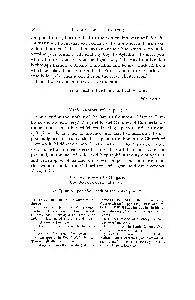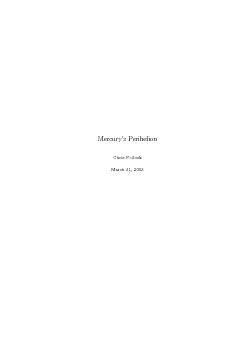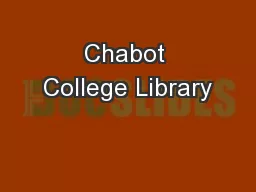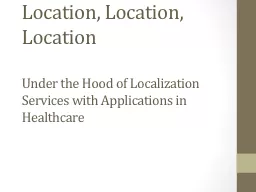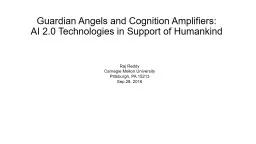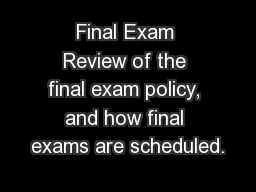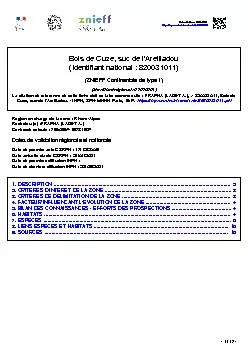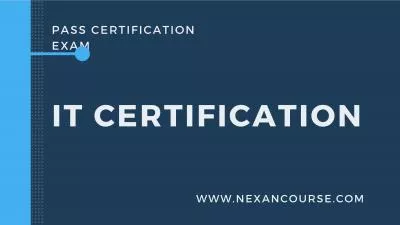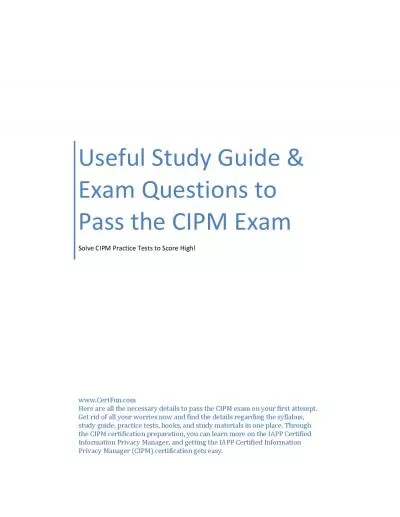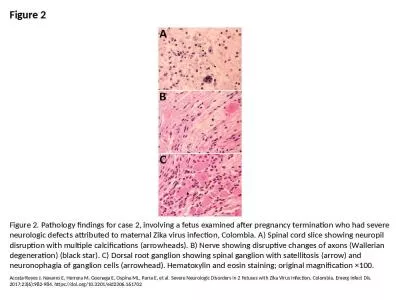PDF-LK Cogs 107A Study materials for exam 1 1042006 Location termin
Author : isabella | Published Date : 2022-08-19
rachnoid ura Mater The meninges were discussed in lecture Make sure you know the information which you were given Brain stem The brainstem is located at the juncture
Presentation Embed Code
Download Presentation
Download Presentation The PPT/PDF document "LK Cogs 107A Study materials for exam 1 ..." is the property of its rightful owner. Permission is granted to download and print the materials on this website for personal, non-commercial use only, and to display it on your personal computer provided you do not modify the materials and that you retain all copyright notices contained in the materials. By downloading content from our website, you accept the terms of this agreement.
LK Cogs 107A Study materials for exam 1 1042006 Location termin: Transcript
Download Rules Of Document
"LK Cogs 107A Study materials for exam 1 1042006 Location termin"The content belongs to its owner. You may download and print it for personal use, without modification, and keep all copyright notices. By downloading, you agree to these terms.
Related Documents


